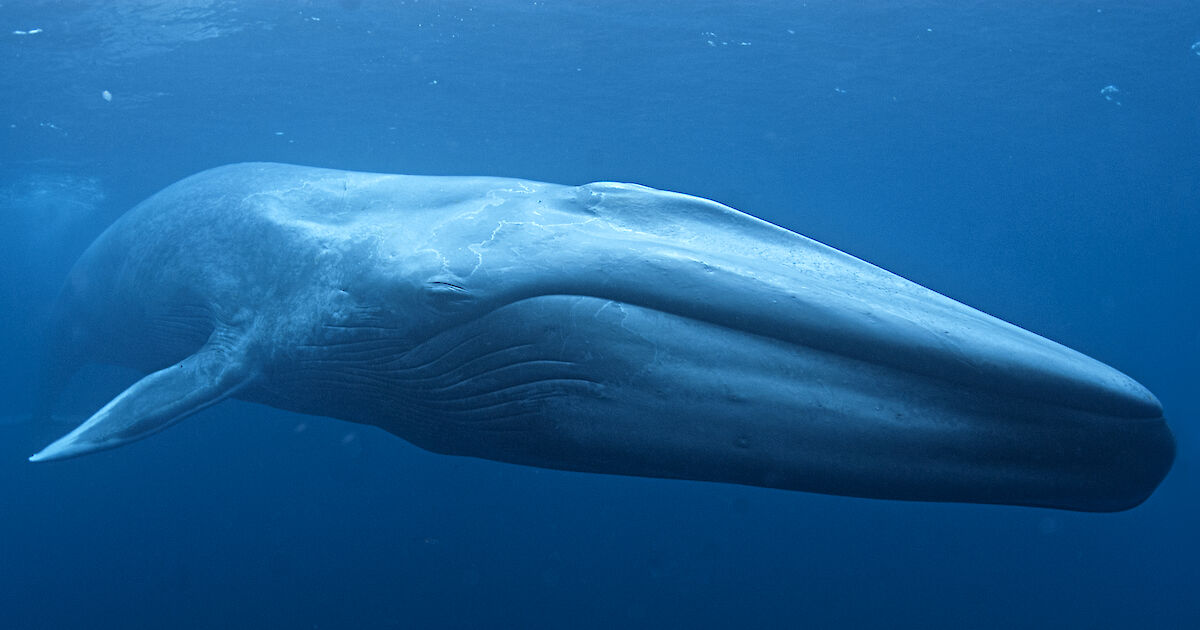Title: The Blue Whale: Majesty of the Ocean’s Giants

The blue whale, scientifically known as Balaenoptera musculus, holds the title of the largest animal to have ever existed on Earth. Majestic and awe-inspiring, these marine giants navigate the world’s oceans with grace and power, leaving an indelible mark on the natural wonders of our planet.

Blue whales boast an impressive length of up to 100 feet and can weigh as much as 200 tons. Their distinct bluish-grey coloring, coupled with a mottled appearance caused by algae, gives them a unique and recognizable presence in the open sea. Despite their colossal size, these gentle giants are filter feeders, primarily consuming tiny shrimp-like animals called krill. A single adult blue whale can consume up to 4 tons of krill per day during feeding seasons.

Known for their hauntingly beautiful songs, blue whales are highly vocal creatures that communicate across vast distances. These low-frequency calls, often reaching several hundred miles, play a crucial role in mating rituals and maintaining social connections within their dispersed populations.

Despite their incredible size and strength, blue whales face significant threats from human activities. Collisions with large vessels, entanglement in fishing gear, and the impacts of climate change on their prey availability all pose challenges to their survival. Conservation efforts are essential to mitigate these risks and secure a future for these magnificent creatures.


International collaboration and initiatives such as marine protected areas contribute to the ongoing conservation of blue whales. By raising awareness about the importance of these giants to marine ecosystems and implementing sustainable practices, we can work towards ensuring the continued existence and well-being of the awe-inspiring blue whale, a true symbol of the ocean’s grandeur.



